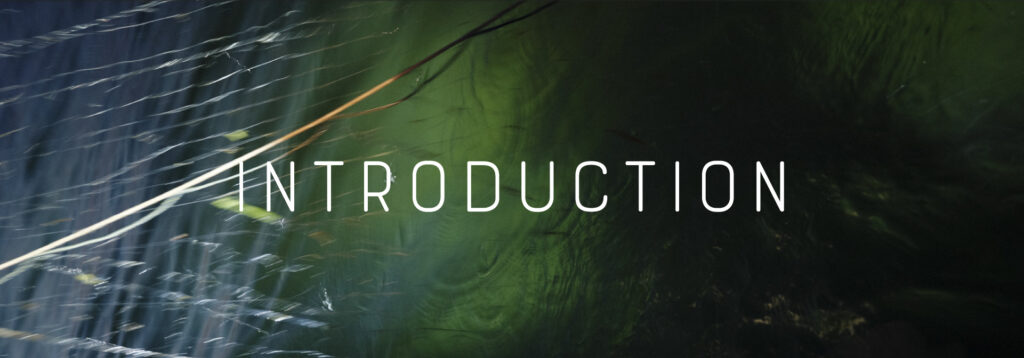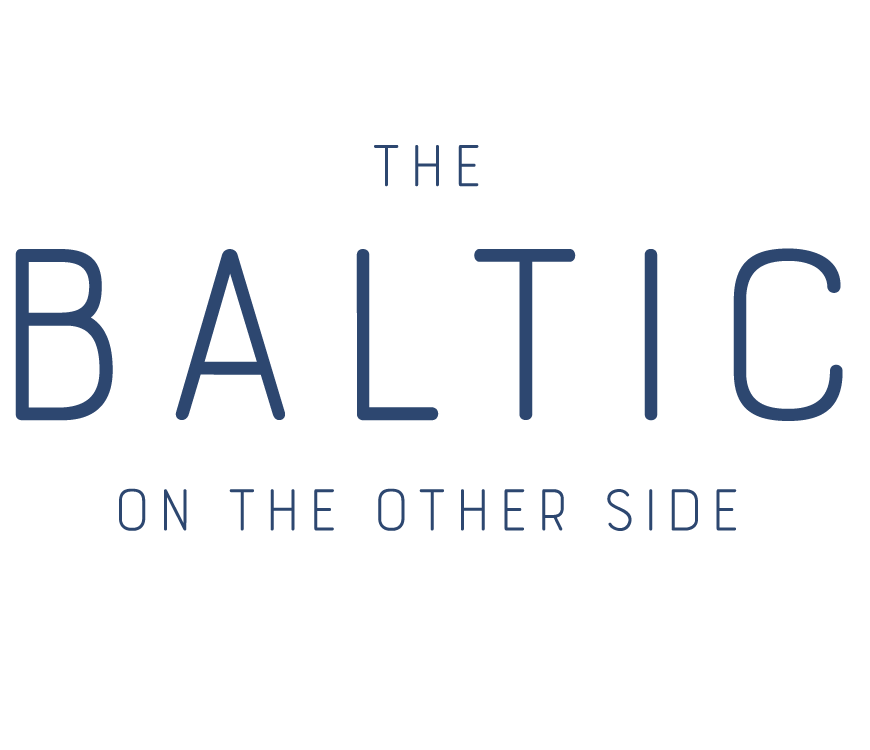
Access to the sea is a strategic matter. Firstly, political and economic, and secondly cultural and social. It has been so for centuries. These stretches of land adjacent to the sea have sometimes been fought for, and always carefully guarded. History informs us of maritime powers and the prosperity that resulted from trade routes. For centuries, Poland seemed to be on the margins of these maritime pursuits. It had access to the sea, and for a while, during the reign of King Sigismund the Old, the Baltic was almost an internal sea inside the vast kingdom. There was trade, but not as robust as that of the Hanseatic League. Maritime battles were fought, but rather for access than on the high seas. No leading explorers of distant lands or exotic trade routes began their journey here.
The history of the Polish Baltic Sea is therefore complex, but it was rarely in the foreground. Perhaps with the exception of the time of the Second Polish Republic when Gdynia was built, based on the idea of a modern port city with the emphasis on maritime economy.
After the Second World War, the length of the coast became roughly equal to the longest border of Poland (with the Czech Republic). The Recovered Territories meant a second wedding with the sea: large ports, shipyards, industry. The shipyards made history then again, witnessing strikes, the Solidarity movement, the Agreements, and the hard realities of capitalism. Meanwhile, the organized recreation made a permanent mark on the memories of almost every adult Pole. Vacations, youth camps, therefore canteens, stands with sandwiches and ice cream, souvenirs and baths.
What is the Baltic Sea for Poles today? For the residents of seaside towns, it’s their everyday life. Work in the maritime sector is increasingly scarce and hard to maintain. The natural environment faces various threats. It remains a place to rest and unwind, if always crowded, loud, and full of screens. Some would argue that it is expensive and cold; they choose to fly to Hurghada instead.
In this project, entitled “On the other side. The Baltic”, Barabasz Opałko examines the coast, and compares stereotypical slogans with the reality. In his photographs, he discovers concepts we know something about, but which we do not fully know or understand. He sails out with fishermen and discusses the nuances and challenges of their work, such as catch limits, sales and whether eating Baltic fish in a restaurant by the sea is still a must for tourists. He participates in a scientific expedition on the “Oceanograph” vessel and asks scholars to what extent marine nature is endangered and how it is studied; he finds out how the unit itself functions and whether the profession of a marine biologist has a future. He reaches popular places in high and low season, finds out who visits and why they do. He discovers forgotten pearls of recreational architecture, the famed workplace holiday resorts, and looks at how they function today. There are many more similar micro-stories in Opałko’s photos. They do not always meet our expectations, and make the viewers ask further questions.
The project “On the other side. The Baltic” has several chapters, as several countries border with the Baltic Sea. It challenges our stereotypes and the belief that we know what the Baltic coast looks like in Lithuania or Germany (we imagine that there are fewer loud tourists, and no windbreaks), or Finland and Sweden (lots of islands, few people, brash due to the lack of sunlight, or so we think, or so we were told). The project aimed to answer the simple question of what it is really like on the other shore. The architecture and buildings of our neighbours, their work, their leisure time, the ways in which they use the resources provided by the Baltic Sea. To properly answer these questions about what is on the other side, it is good to have something to refer to. It is also useful to document our side, so as not to get into misconceptions and misunderstandings.
The Polish chapter of the project in 2024 was supported by a scholarship from the Minister of Culture and National Heritage of Poland.
– Joanna Kinowska
